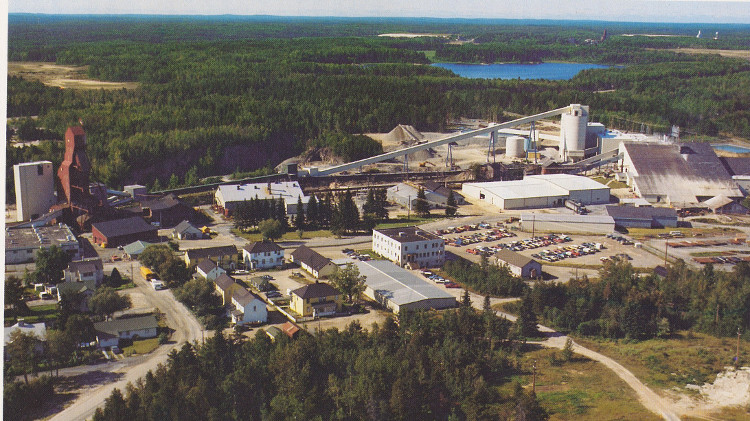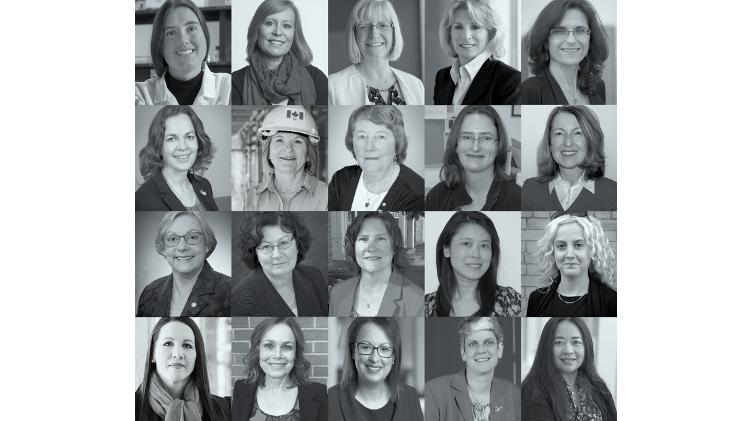Introduced in Canada in 2001 by the Canadian Securities Administrators (CSA) in response to the Bre-X scandal, National Instrument 43-101 (NI 43-101) was designed to enhance transparency and reliability in mining project disclosures. Since its inception, it has played a key role in strengthening investor and public trust in mining projects both within Canada and globally.
Over the years, the structure of NI 43-101 reports has evolved to improve clarity and comprehensiveness, incorporating chapters on mining and recovery methods, marketing, environmental studies and infrastructure. Despite these improvements, the report format still falls short in addressing certain critical aspects of mining projects while providing excessive detail in others.
Adding new stand-alone chapters on waste management, geotechnical considerations and mine closure would enable qualified persons (QPs) to adequately address these essential topics. These areas are fundamental to every mining project and carry significant economic and safety implications, as evidenced by several recent high-profile tailings dam and heap leach failures in Canada, Brazil and Turkey.
Conversely, the geology-related sections, while valuable for understanding the resource model, could be streamlined into fewer sections to improve clarity and efficiency.
In my opinion the current order of sections also needs to be reorganized. I propose the following changes:
Adding sections
In my view, geotechnical considerations, waste management and mine closure are major areas that are inadequately represented in NI 43-101 reports. Each of these areas has independent QPs responsible for them.
Currently, geotechnical engineering is typically reported under the mining sections, while waste management and mine closure are included in the environmental section. These critical topics deserve greater emphasis, and I recommend creating dedicated chapters for each rather than embedding them within other sections. This change would enhance the transparency of the reports and make it easier for readers to locate specific information.
In the revised format, I propose dedicating Section 11 to geotechnical aspects, Section 14 to waste management and Section 16 to mine closure.
Merging sections
Section 4 currently serves as the introductory chapter, outlining the property and providing details about its location. Since Sections 5 and 23 address closely related topics, they could be merged with Section 4. To improve usability, I recommend renaming Section 4 as “Property description.” This consolidated section should include information about the property’s location, accessibility, climate, local resources, existing infrastructure and physiography, along with brief details and references regarding adjacent properties.
Section 7 introduces the geological setting and mineralization, while Section 8 focuses on deposit types. Given the close relationship between these topics, they could be combined into a single section for clarity and cohesion.
Sections 9 to 12 cover exploration activities, including drilling, sampling and quality control. Since these topics are integral components of the same activity in the process of developing a mining project, they could be consolidated into a single section to streamline the content.
Reordering sections
While the remaining sections do not require significant modifications, I believe adjusting the order of a few sections in NI 43-101 would better reflect the logical progression of developing a mining project. For example, the reserve statement currently precedes the mining methods and economic analysis. It would be more logical to place the reserve statement after the economic analysis, as ore can only be classified as a reserve once mine plans are applied to the resource and positive economic outcomes are demonstrated.
Incorporating the above changes would further enhance the report’s structure and usability. Recently, CSA proposed changes to NI 43-101 and is currently seeking feedback on its Modernized Disclosure Requirements until Oct. 10, 2025. I encourage mining industry professionals to share their perspectives with the securities commissions to help refine and enhance NI 43-101 reporting standards. Find more information here.
Anoush Ebrahimi is a mining engineer with 35 years of experience in strategic mine planning and evaluation. He works for SRK Consulting (Canada) Inc. and is an adjunct professor at the University of British Columbia. This article would not have been possible without the contributions and reviews of Gilles Arseneau.




